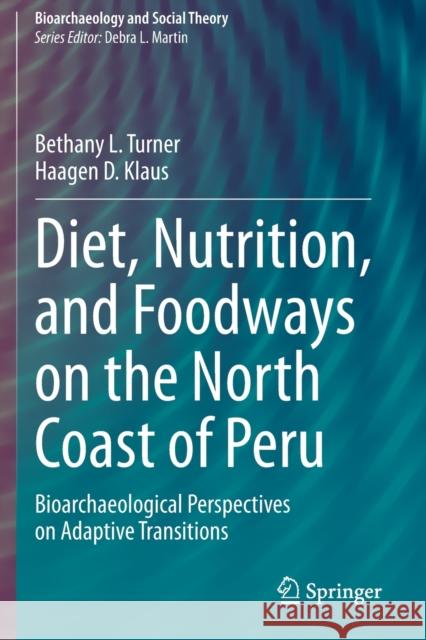Diet, Nutrition, and Foodways on the North Coast of Peru: Bioarchaeological Perspectives on Adaptive Transitions » książka
topmenu
Diet, Nutrition, and Foodways on the North Coast of Peru: Bioarchaeological Perspectives on Adaptive Transitions
ISBN-13: 9783030426163 / Angielski / Miękka / 2021 / 227 str.
Diet, Nutrition, and Foodways on the North Coast of Peru: Bioarchaeological Perspectives on Adaptive Transitions
ISBN-13: 9783030426163 / Angielski / Miękka / 2021 / 227 str.
cena 201,72
(netto: 192,11 VAT: 5%)
Najniższa cena z 30 dni: 192,74
(netto: 192,11 VAT: 5%)
Najniższa cena z 30 dni: 192,74
Termin realizacji zamówienia:
ok. 22 dni roboczych.
ok. 22 dni roboczych.
Darmowa dostawa!
Kategorie BISAC:
Wydawca:
Springer
Seria wydawnicza:
Język:
Angielski
ISBN-13:
9783030426163
Rok wydania:
2021
Wydanie:
2020
Numer serii:
000779488
Ilość stron:
227
Waga:
0.35 kg
Wymiary:
23.39 x 15.6 x 1.32
Oprawa:
Miękka
Wolumenów:
01
Dodatkowe informacje:
Wydanie ilustrowane











